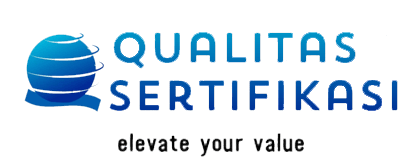Pengusaha Harus Mengenal Kebijakan Pedoman Baru SVLK
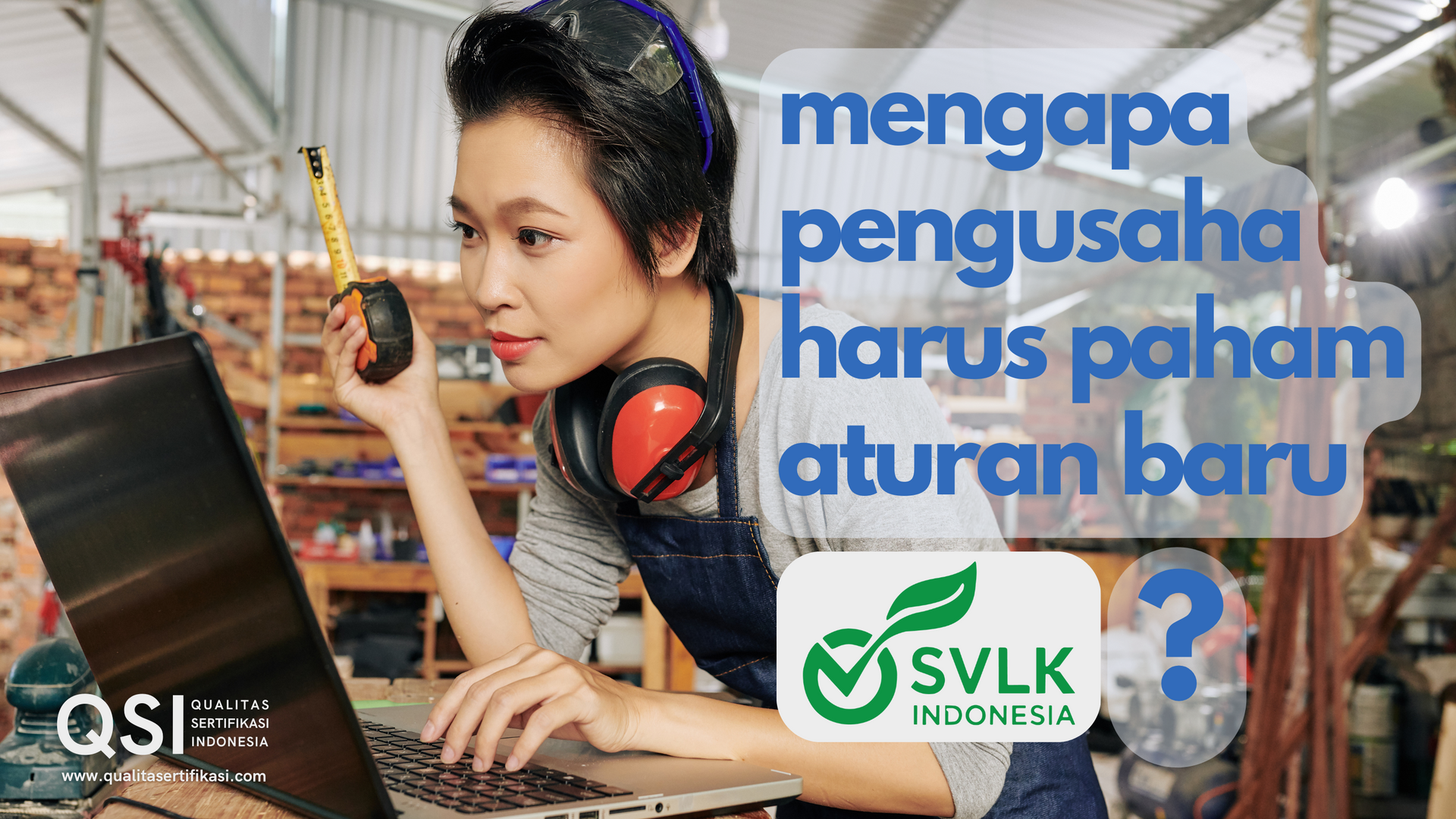
Kementerian Lingkungan Hidup dan Kehutanan (KLHK) awal 1 Maret 2023 ini mulai menerapkan pedoman baru untuk keabsahan produk hasil hutan yang dikenal dengan Sistem Verifikasi Legalitas dan Kelestarian (SVLK). Dulunya, SVLK ini merupakan singkatan dari Sistem Verifikasi Legalitas Kayu.
Sistem baru ini ditetapkan untuk menegaskan keinginan kuat pemerintah mencapai tujuan pengelolaan hutan lestari dan berkelanjutan.
Adapun pedoman tersebut merupakan alat untuk memastikan kredibilitas penjaminan legalitas hasil hutan, ketelusuran hasil hutan, dan/atau kelestarian pengelolaan hutan.
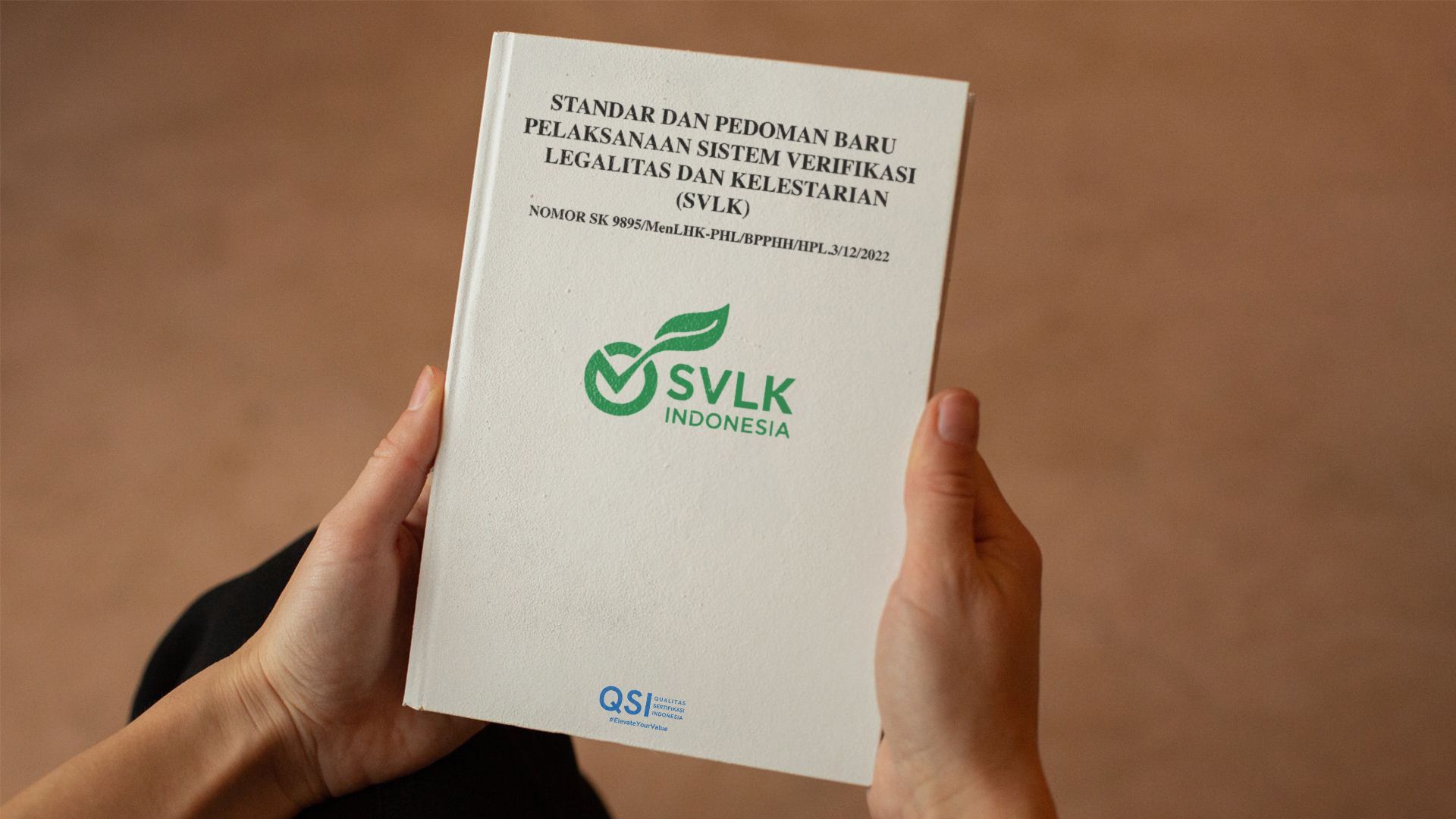
Apa landasan hukum pedoman SVLK yang baru?
Standar dan pedoman pelaksanaan baru SVLK ini ditetapkan melalui
Keputusan Menteri Lingkungan Hidup dan Kehutanan Nomor SK.9895/MenLHK-PHL/BPHH/HPL.3/12/2022 tentang Standar dan Pedoman Pelaksanaan Sistem Verifikasi Legalitas dan Kelestarian. Peraturan baru tersebut ditetapkan pada 14 Desember 2022 dan mulai diterapkan pada 1 Maret lalu.
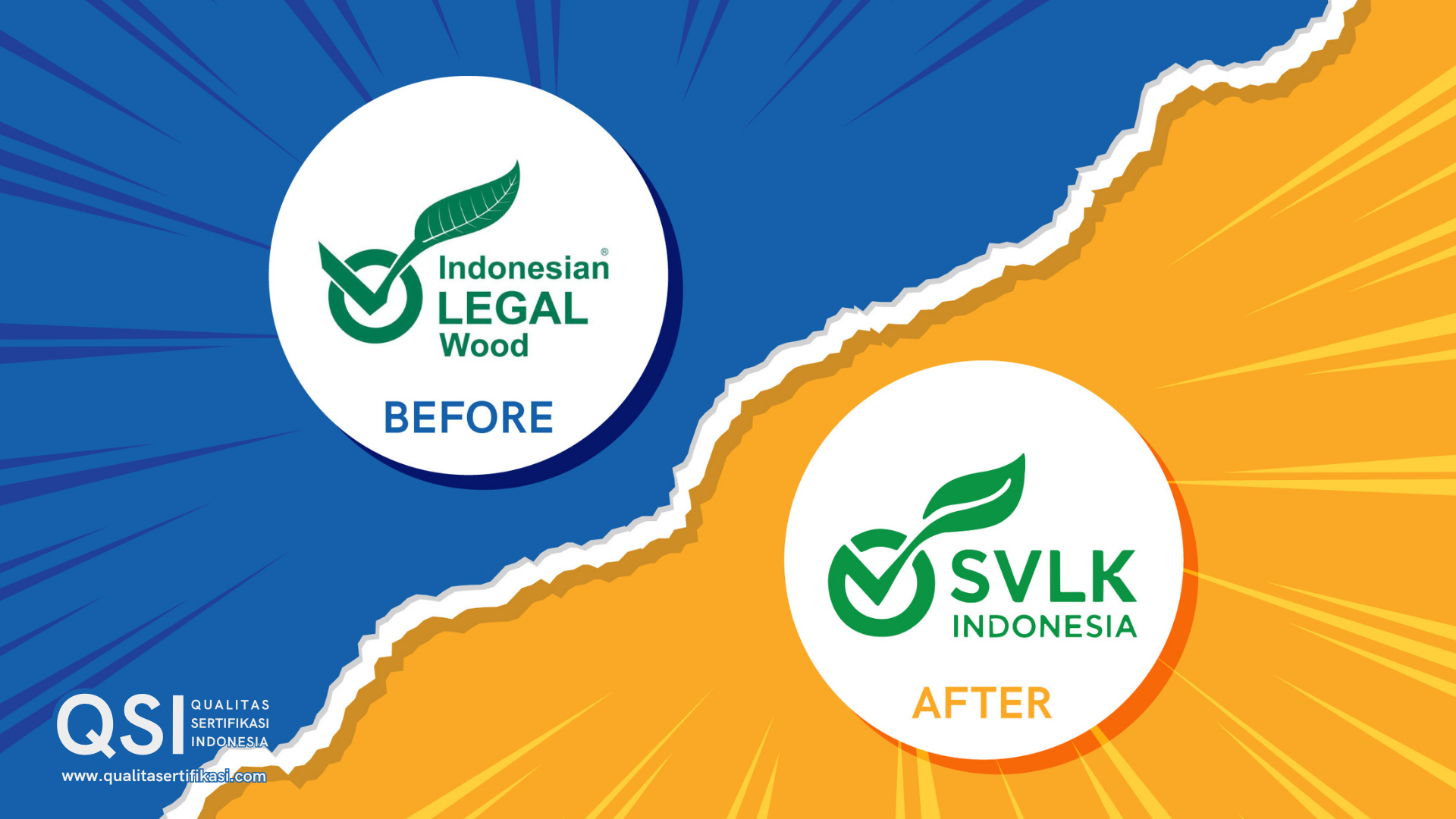
Apa perbedaan pedoman SVLK yang lama dan baru?
Di atas sudah dijelaskan mengenai dasar regulasi sistem SVLK dan perubahan singkatannya. Untuk ruang lingkup, kini KLHK tidak lagi menetapkan terbatas hanya pada kayu, tetapi juga Hasil Hutan Bukan Kayu (HHBK). Meski dalam pedoman ini telah mencantumkan HHBK, namun hingga saat ini pedoman teknis terkait SVLK pada HHBK masih dalam proses kajian khusus dan akan diterbitkan menyusul.
Berkaitan dengan bertambahnya ruang lingkup sertifikasi, pengusaha juga kini menjadi lebih fleksibel jika ingin mengajukan sertifikasi terhadap produk-produknya. Produk yang ada di luar daftar HS Code yang telah ditetapkan sebagai produk kehutanan wajib Dokumen V-Legal/Lisensi FLEGT tetap bisa mengajukan diri, selama ada permintaan dari pasar.
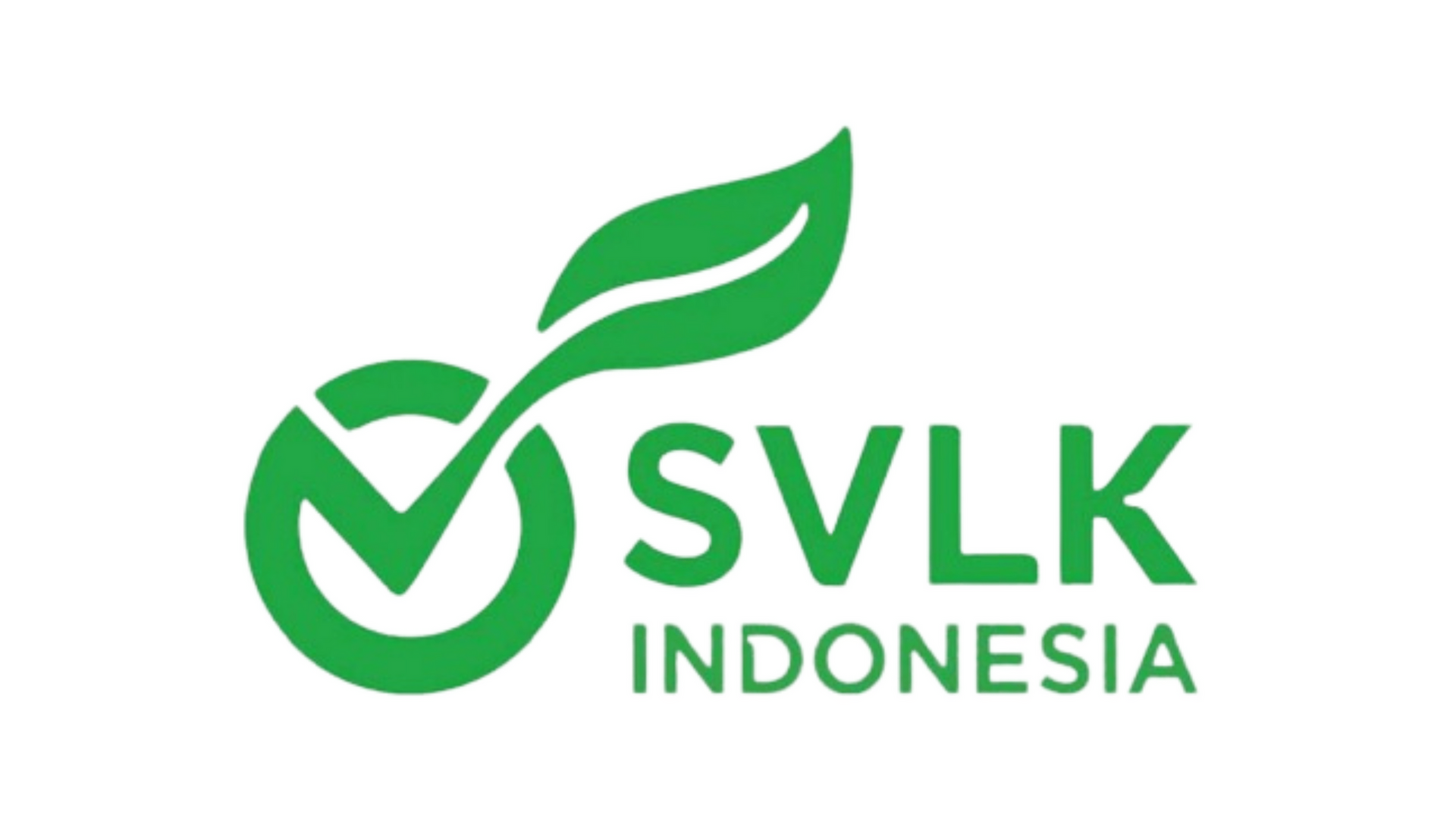
Bagaimana dengan logonya?
Logo yang nantinya dicantumkan juga akan berubah, dari ‘Indonesia Legal Wood’ menjadi ‘SVLK Indonesia’. Tanda
Sustainable ataupun
Legal akan disematkan dalam logo, untuk memperjelas status SVLK produk yang disertifikasi. Jika semua bahan baku yang digunakan telah bersertifikat SVLK (S-Legalitas) atau S-PHL, maka akan ditambahkan tanda ‘Sustainable’. Namun, jika terdapat bahan baku yang merupakan hasil deklarasi mandiri, maka akan menggunakan tanda ‘Legal’.

Apakah terdapat perubahan pada pelaporan auditnya?
Perihal laporan audit, kebijakan baru menetapkan harus melampirkan foto dan geolokasi atau titik koordinatnya. Dalam SK.9895/2022 dijelaskan penguatan dan perbaikan narasi pada beberapa verifier harus dilakukan, salah satunya dengan pemeriksaan geolokasi yang dilakukan oleh Auditor.
Selain itu, dalam kebijakan sebelumnya diatur Industri Kecil Menengah (IKM) yang ingin berkelompok dan mengajukan sertifikasi wajib berasal dari ruang lingkup yang sama.
Namun, dengan pedoman baru ini, anggota kelompok IKM yang ada boleh diisi oleh usaha dari ruang lingkup yang berbeda.
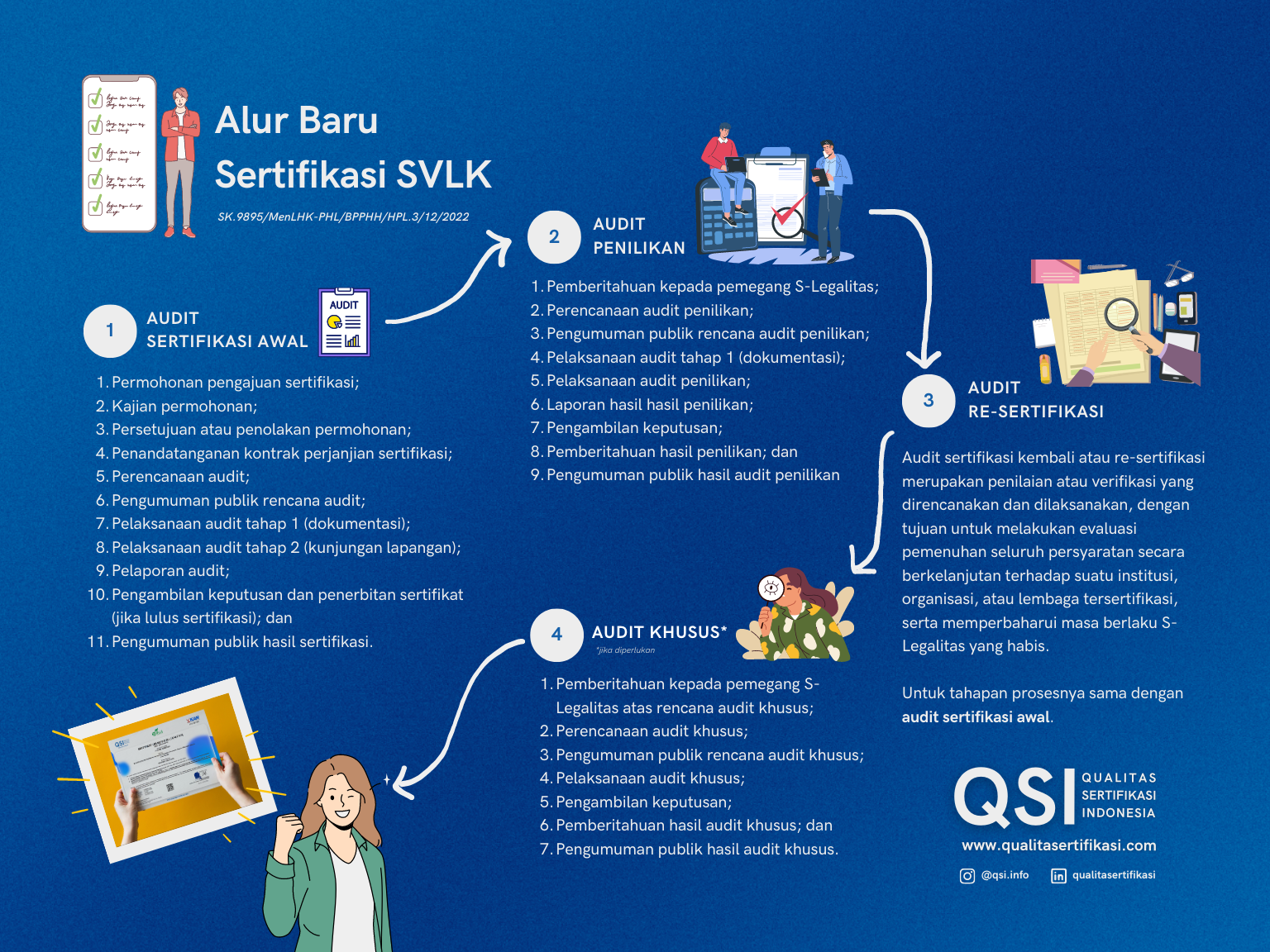
Bagaimana alur sertifikasi SVLK di bawah pedoman baru?
Meskipun dalam pedoman baru SVLK terdapat perubahan nama dan penambahan ruang lingkup sertifikasi, tetapi untuk alur sertifikasinya tidak terlalu banyak berubah. Tahapan sertifikasi SVLK masih terdiri dari audit sertifikasi awal, audit penilikan, audit re-sertifikasi dan audit khusus (jika diperlukan).
Poin penting pelaksanaan sertifikasi ada pada audit tahap 1, yang mana harus dilakukan oleh Lembaga Penilai dan Verifikasi Independen (LPVI). Audit tahap 1 ini bertujuan untuk mengecek eksiapan dokumentasi Auditee atau Klien dan memastikan proses produksinya sudah dilakukan sebelum dilakukan audit tahap 2 atau audit di lapangan (on-site).
- Audit sertifikasi awal sendiri merupakan alur sertifikasi yang mencakup rangkaian kegiatan penilaian awal (tahun pertama) yang berkaitan dengan pemenuhan atas peraturan yang berlaku.
- Audit penilikan merupakan rangkaian pemantauan (monitoring) kinerja pemegang S-Legalitas yang dilakukan oleh LPVI. Periode ini disesuaikan dengan ruang lingkup S-Legalitas Auditee/Klien tersebut.
- Audit re-sertifikasi merupakan penilaian ulang atau verifikasi ulang yang direncanakan dan dilaksanakan dengan tujuan melakukan evaluasi pemenuhan seluruh persyaratan secara berkelanjutan, terhadap suatu institusi, organisasi, atau lembaga tersertifikasi, serta memperbaharui masa berlaku S-Legalitas yang habis.
- Audit khusus (jika diperlukan) adalah kegiatan yang dilakukan untuk menginvestigasi keberatan/keluhan, berkaitan dengan perubahan yang signifikan, atau tindak lanjut dari Klien yang dibekukan sertifikasinya.
Seiring dengan perubahan yang terjadi, PT Qualitas Sertifikasi Indonesia terus melakukan pembaruan dan penyelarasan dengan pedoman baru yang ada. Di sisi lain, kami juga terus berusaha membagikan informasi-informasi terbaru seputar SVLK.
Untuk informasi lebih lanjut seputar pedoman baru SVLK maupun ruang lingkupnya secara mendalam, bisa langsung menuju
halaman sertifikasi SVLK pada website kami atau
menghubungi kontak yang tersedia.
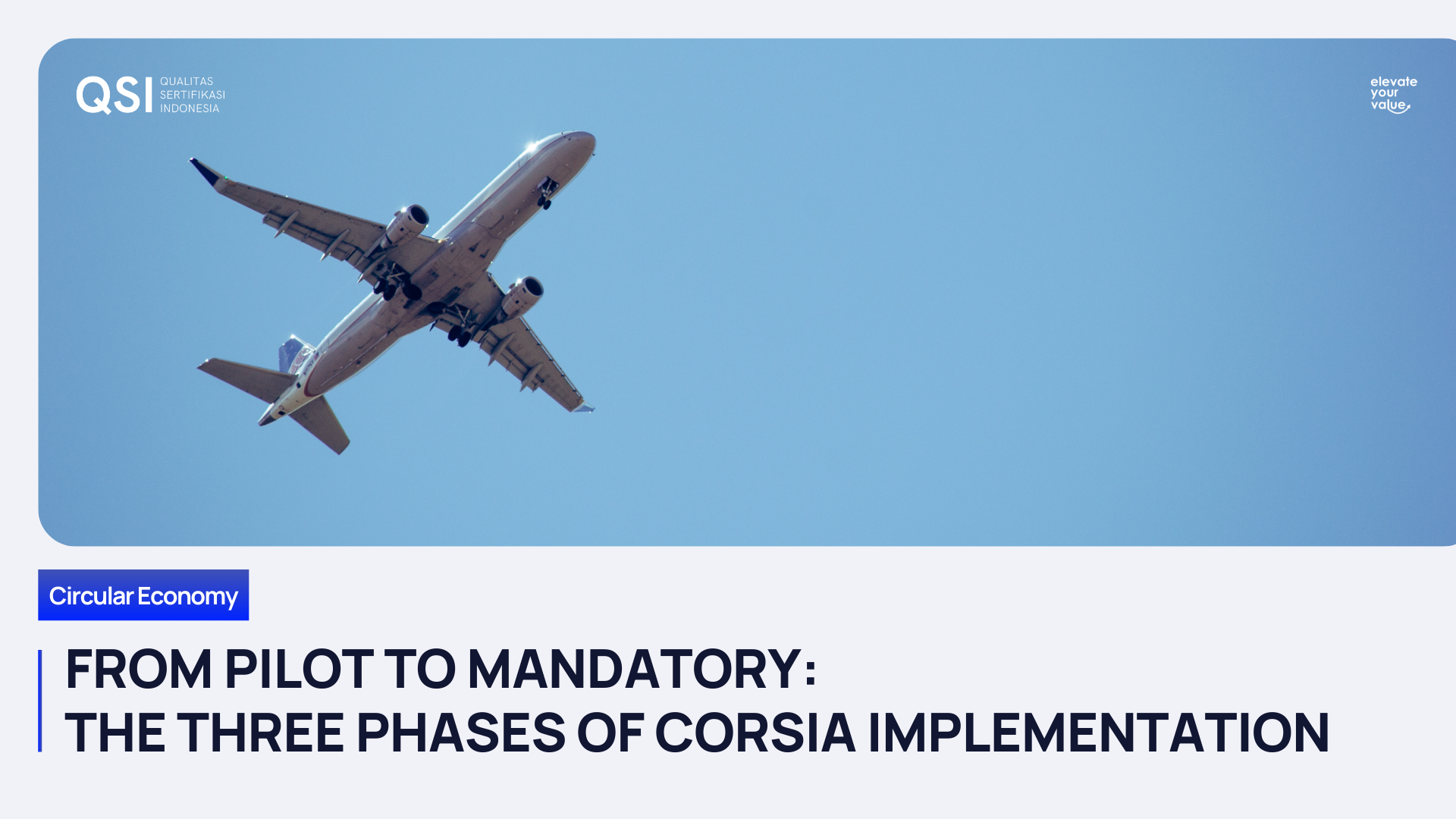
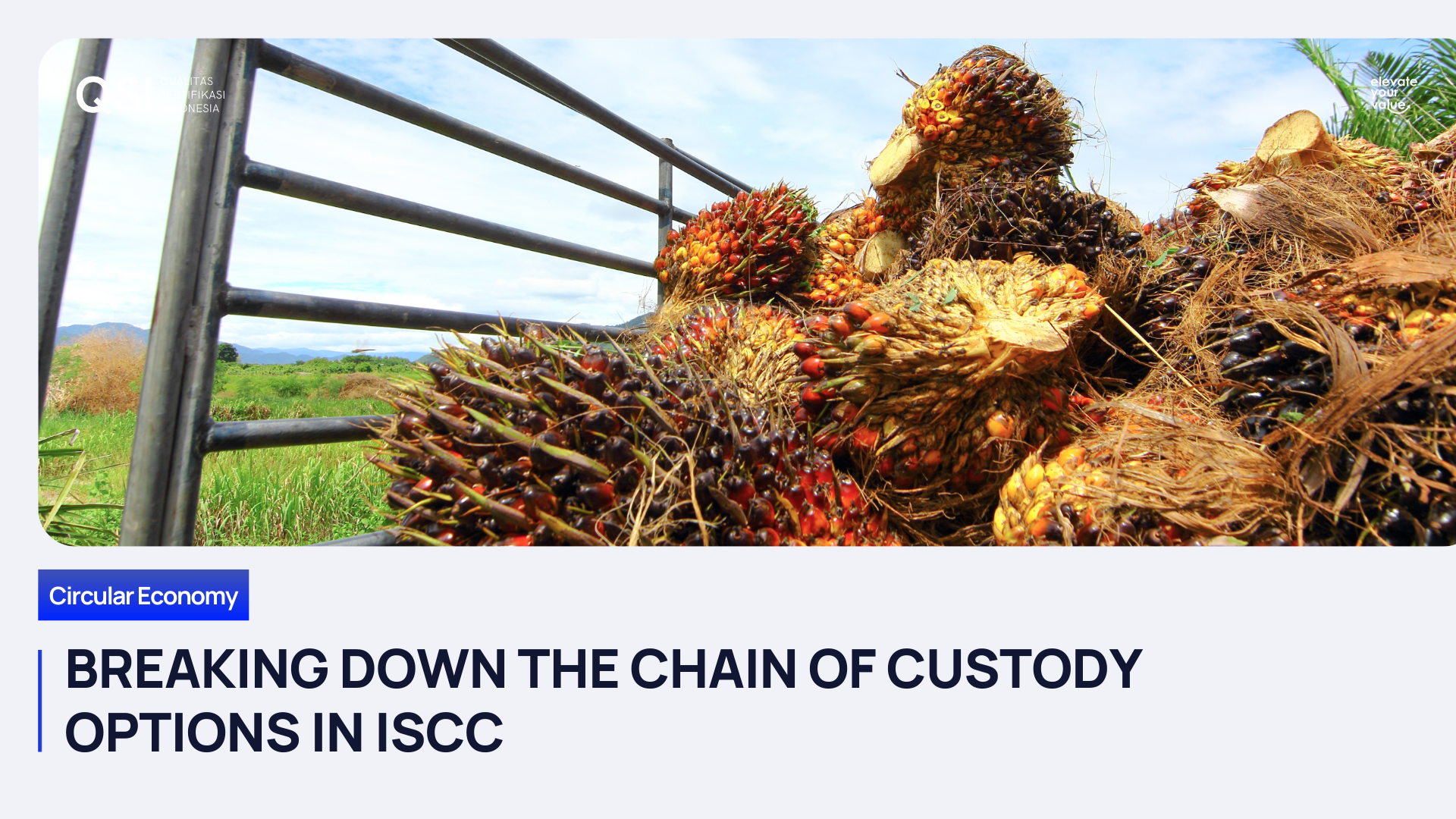
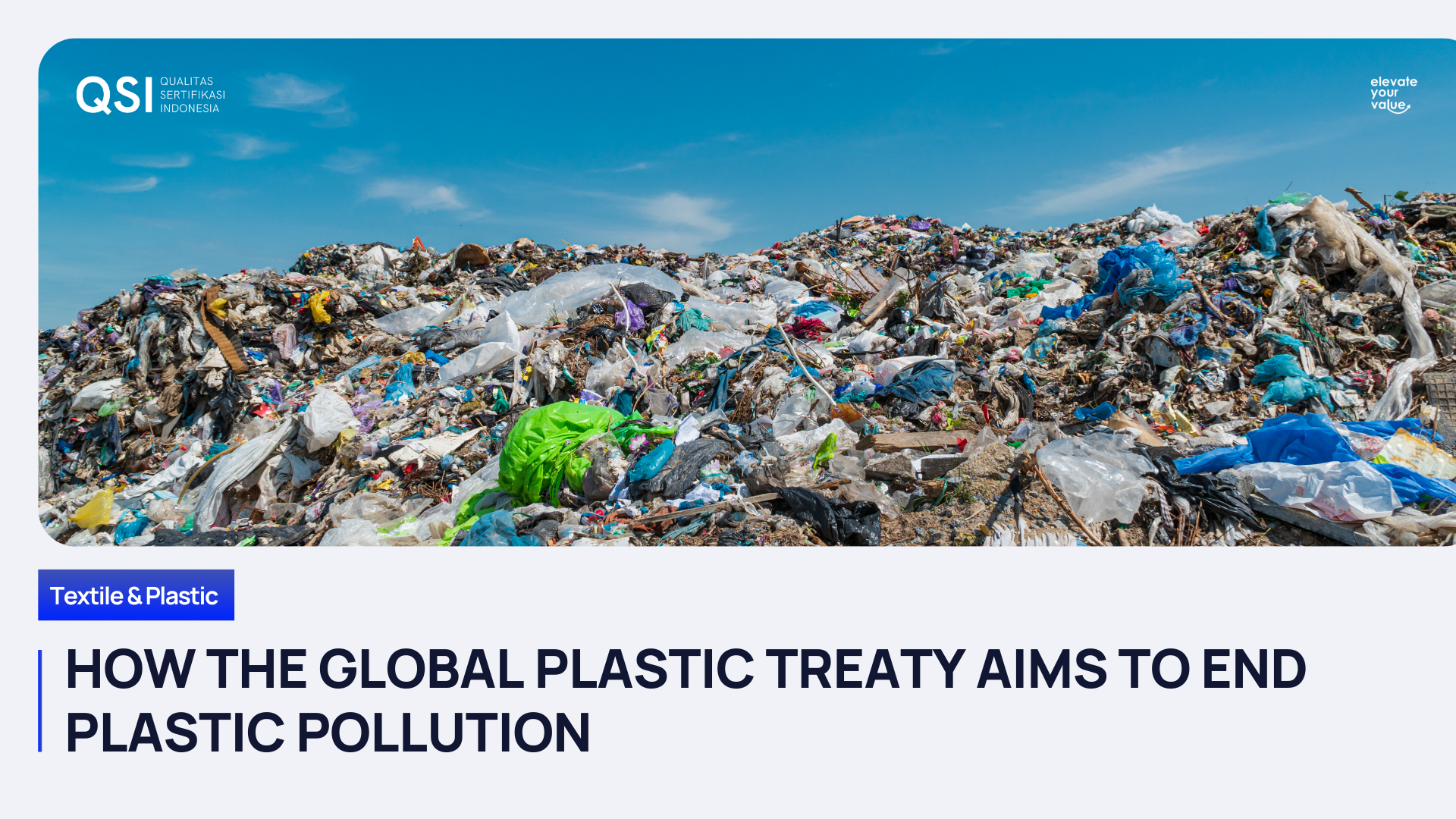
General Inquiries
Phone
+62 21 2949 1946
Headquarter
The CEO Building, Level 12th
Jl. TB Simatupang No. 18C
Cilandak Barat, Cilandak
Jakarta Selatan, DKI Jakarta 12430
Indonesia
Operational
Menara Sun Life, 7th Floor
Jl. Dr. Ide Anak Agung Gde Agung Blok 6.3
Kuningan Timur, Setiabudi
Jakarta Selatan, DKI Jakarta 12950
Indonesia
Programs
Quick Links
Qualitas Sertifikasi Indonesia
PT Qualitas Sertifikasi Indonesia
